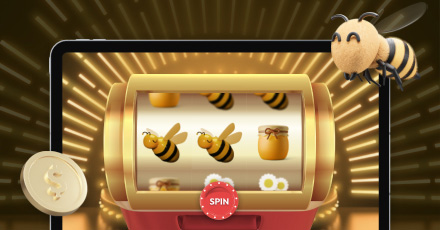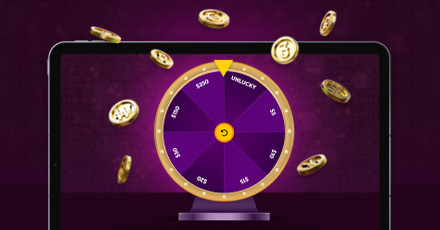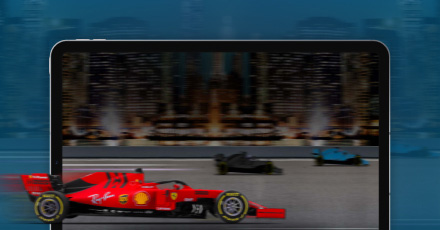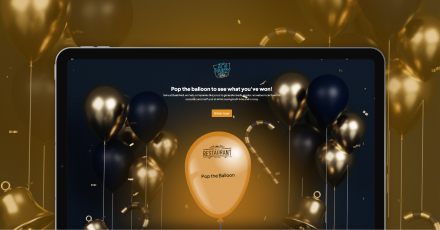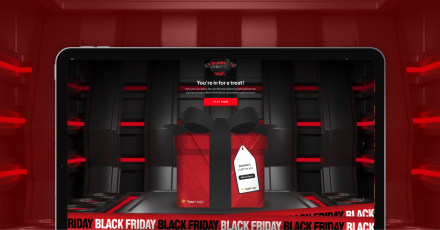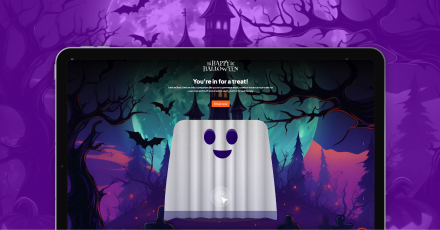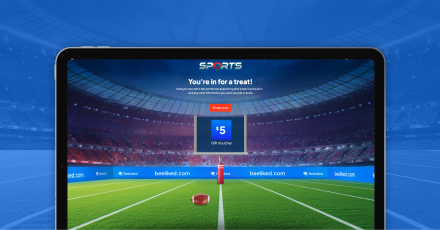Many of the world’s most successful organizations have gamified their business operations. It’s effective for motivating employees, increasing productivity, engaging with consumers, and inspiring collaboration, sharing, and interaction.
But what is gamification in the context of business? Keep reading to find out more.
Gamification in Business Explained
If you want to know what gamification in business entails, our guide to gamification is a good place to start. To save you some time, let’s give you a quick summary.
Gamification is a way of using typical game-playing elements in areas that would not be considered game-related.
An increasing number of businesses are choosing to gamify tasks such as team building and training to incentivize employees. An increasing number of marketing efforts are also being gamified. The end result is that customers have fun and enjoy the feeling of accomplishment when they participate and engage.
Why Is Gamification Important in Business
Gamification in business is becoming increasingly important because of the benefits it brings. They include:
Improved Employee Productivity
Gamification is an excellent way of encouraging employees to be more efficient and effective in the workplace. The result is improved productivity.
Better Education and Onboarding
Gamification can make learning more enjoyable and interactive. This helps employees retain information more effectively.
Employee Recognition
Gamification is a way of rewarding employees which creates a sense of accomplishment and progress. This is a very effective strategy especially if there are employees who might be struggling to achieve goals.
Better Customer and Employee Engagement
Businesses can use gamification to make tasks more enjoyable and engaging. Games are effective ways to engage your employees, increase motivation, and encourage them to work harder. Gamifying interactions with customers also increases engagement and motivation.
Data Collection
Zero party data and gamification make very good bedfellows. Typically, gamification platforms ask users to log in with a valid email address or social media credentials. Once these are recorded, companies can gather data on that person.
Big data from a person’s clicks, points, badges, and achievements are valuable customer information and insights. However, for the information to be of value, it must be analyzed correctly.
Customer Loyalty
It’s possible to make customer loyalty programs stand out with the help of gamification. It also increases engagement, improves customer journeys, and boosts social sharing. In addition, gamification in business encourages customers to invest more time and effort in engaging with a brand’s experience. However, the biggest benefit of using gamification is increased loyalty.
Audience Expansion
Even when you’ve worked out your target audience, marketing can be tricky to get right. Most companies benefit from appealing to a wider demographic and gamification is an effective tool when marketing to different ages.
The Problem with Business Gamification
Gamification is a very effective strategy to adopt, but it has to be used in the right way and must align with a company’s business strategy.
It’s not a case of just getting people to play the games, participate in activities and competitions or make purchases they might not typically make.
The games must be engaging and rewarding, and suit the needs of a company, and its employees. It also ensures that gamification efforts are not fleeting but contribute to building lasting relationships with customers, enhancing brand consistency, and strengthening the overall brand perception.
Examples of Gamification Across Businesses
A good way to demonstrate how effective gamification can be is to share some examples.
1 Pizza Hut
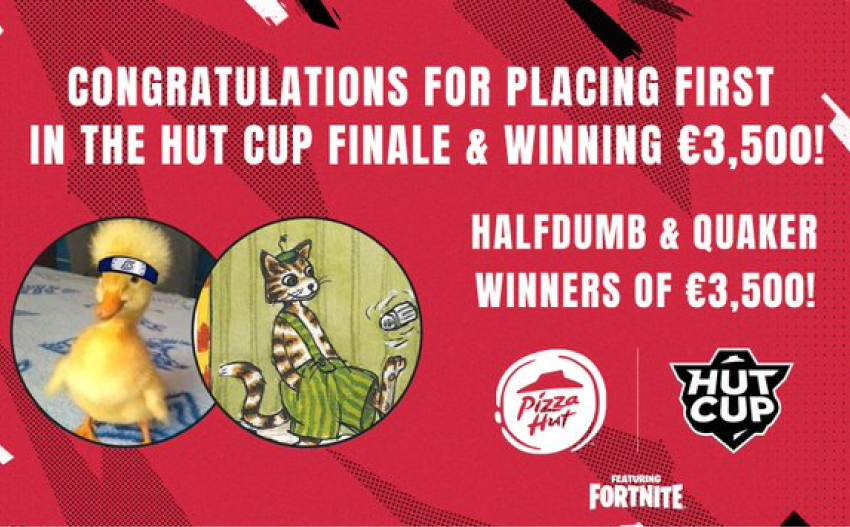
In an effort to appeal to gamers and to encourage them to consider Pizza Hut the go-to pizza for gamers, Pizza Hut UK has launched a dedicated channel on Twitter.
In 2021, Pizza Hut launched its gaming arm of the brand – Pizza Hut Gaming. The aim is to deliver some exciting influencer activations involving some top names in the scene.
The launch began with regular community tournaments across a selection of top gaming titles. Its first giveaway gave new followers the chance to win meals. The reward for gaining 100 new followers was a free pizza.
2 Wordle
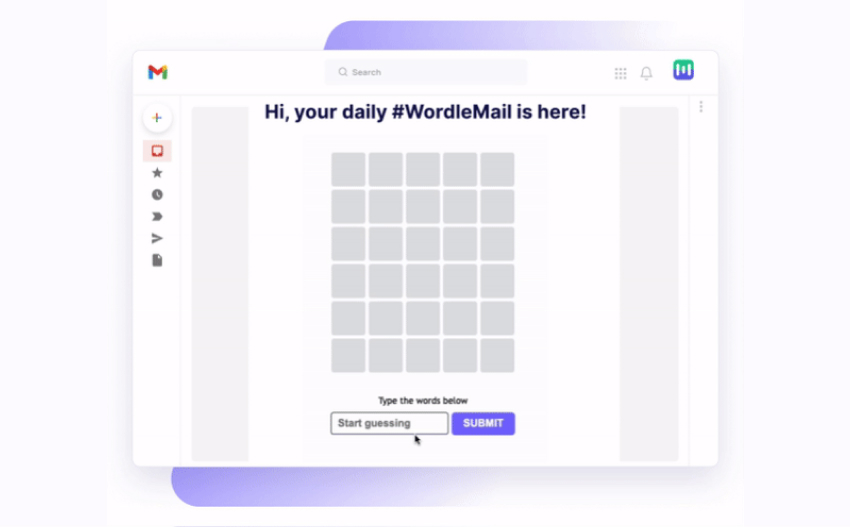
Wordle is a browser-based daily word game in which players try to guess the answer, a hidden word. A fresh word puzzle is published every day and it can only be solved using a series of process-of-elimination clues.
Mailmodo took inspiration from this game and created WordleMail. Customers can subscribe to receive daily emails with Wordle that can be played inside the email.
The game is very popular at the moment, so it proved to be a successful way to encourage people to subscribe to Mailmodo’s weekly newsletter.
3 Macmillan
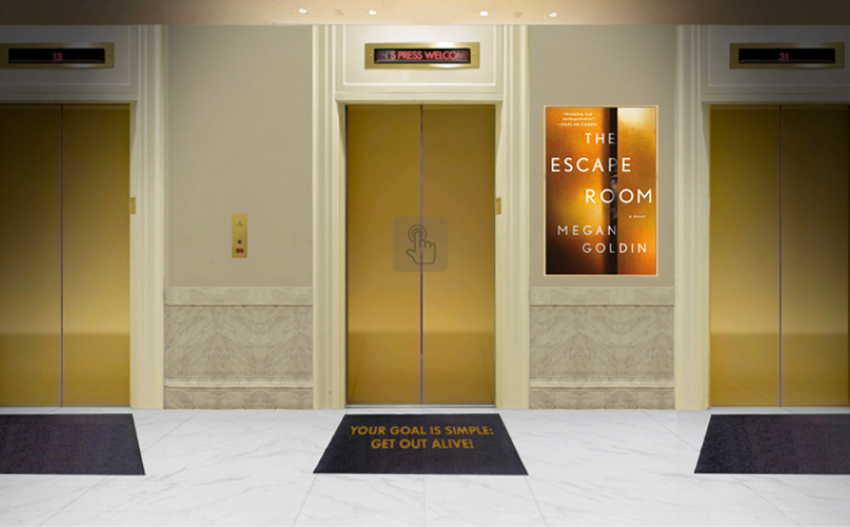
St Martin’s Press was founded by Macmillan Publishers of the UK in 1952. Following a previously successful book launch campaign, St Martin’s Press contacted BeeLiked again for their help with a new interactive campaign.
This time, the book launch was for Megan Goldin’s unforgettable debut novel, The Escape Room. For the Escape Room Book Launch, BeeLiked brought the story to life and created an escape room. Players had to find three words in order to escape the elevator.
The author and her fans loved the interactive nature of the game and the experience was shared many times over.
4 Persil®
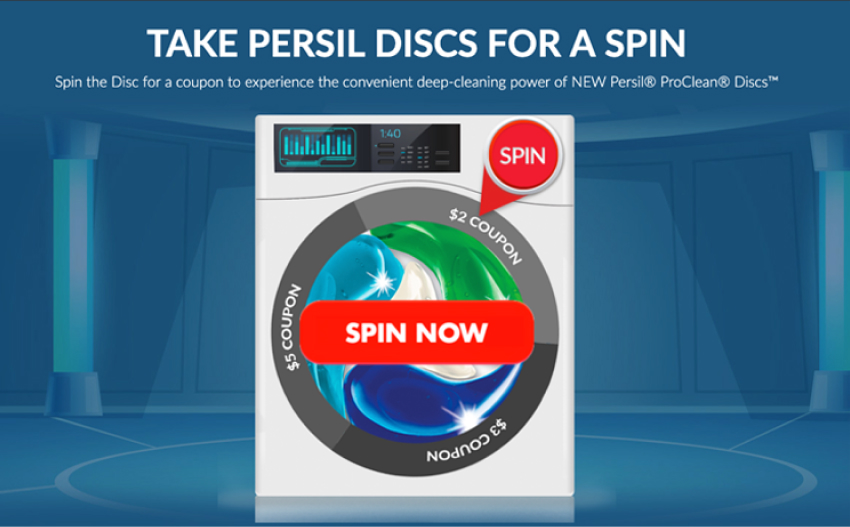
Persil soon came to appreciate the benefit of gamification with its launch of Persil ProClean Discs. BeeLiked helped to create an innovative design for Persil®’s product launch. The wheel was shaped like a washing machine and to help the campaign stand out on the page, an animation was added, and a clear call to action added. After entering, users were able to print any winning coupons.
5 Forest

More than 1.3 million people in the United States have taken the “Plant Your Personal Flower” personality quiz since its launch. This personality quiz is part of the Forest app, a productivity app that helps people stay focused and reduce smartphone use by planting virtual trees. There is also a social and environmental impact side to the app because users can plant trees.
The app already leverages the power of gamification very successfully, but the personality quiz takes it one step further.
How to Use Gamification for Your Business
If you want to make good use of gamification for your business, there are some important steps you should take.
1. Build a Solid Gamification Strategy
Gamification is the art of making potentially tedious tasks fun, but it’s important not to focus too much on the fun side of things and lose sight of what you’re trying to achieve.
Building a solid gamification strategy is very relevant. Start by defining short and long-term goals and then work backwards with a plan on how to achieve them.
Common goals include:
- Gaining new customers
- Increasing overall sales
- Encouraging repeat sales
- Defining a loyalty strategy
- Spicing up onboarding and training
- Improving team connection
- Increasing productivity and engagement
2. Use Employee Influencer Programs
Employee influencer programs are a way to leverage employee social media presence for promoting a brand. Gamification is another way of engaging employees using game mechanics such as leaderboards, points, and badges to motivate employees and make work more fun.
3. Adopt a Rewarding System
Employee recognition is one of the major driving factors for good performance. If employees feel they’re not making a difference, they tend to stop trying so hard. One way of recognizing employees is with intrinsic rewards and recognition systems provided by gamification.
Points and rewards can also be used from a customer standpoint and a loyalty program is an excellent example. Customers rack up points when they make a purchase and can redeem the points for free items, or merchandise.
4. Celebrate All Participants
It’s important to celebrate all participants because we’re all winners after all. While the top 10% might drive the majority of success, having 90% full engagement is a massive win, and gamification in business is about the team.
Of course, you should reward top performers, but be careful to reward other participants as well. If you don’t, you might experience a drop off in engagement.
Interactive promotions based on games of chance are an excellent option if you want to ensure your gamification strategy is fair. They are considered fair games as every player has an equal chance of winning. The probability of winning is set by an algorithm.
5. Play and Repeat
At the same time, make sure you include some element of tracking. It’s important for a couple of reasons:
- It helps participants know where to stand and how to improve their performance
- It helps you understand whether the program is driving results
Discover Gamification Solutions for Business
BeeLiked Gamification Solutions platform brings many advantages to your business. We can help you reward positive behaviors, build lasting relationships, and deliver value. Continuous engagement builds trust and drives loyalty, from customers and employees alike.
Would you like to see what BeeLiked can do for your business? Try a gamified engagement platform today.


